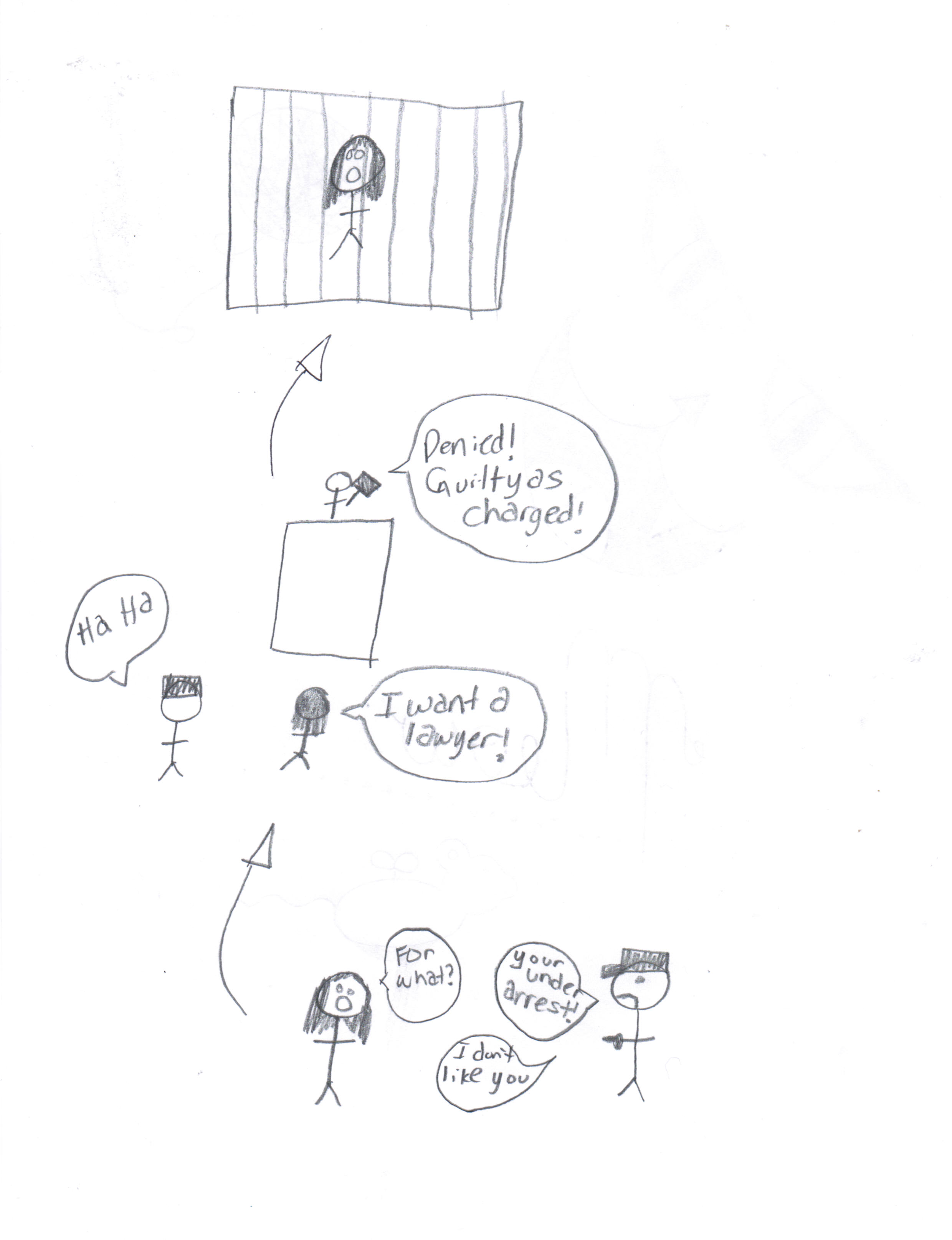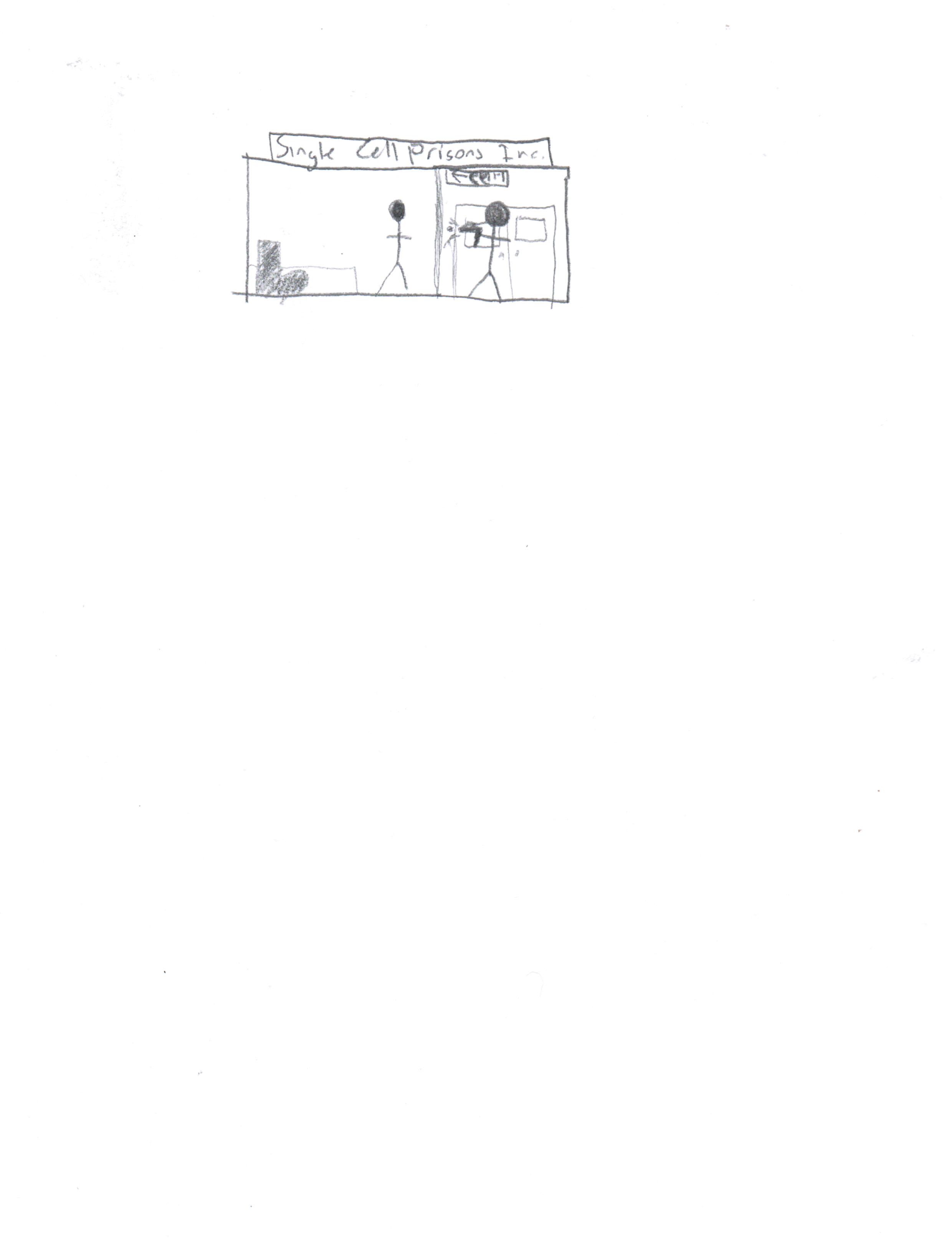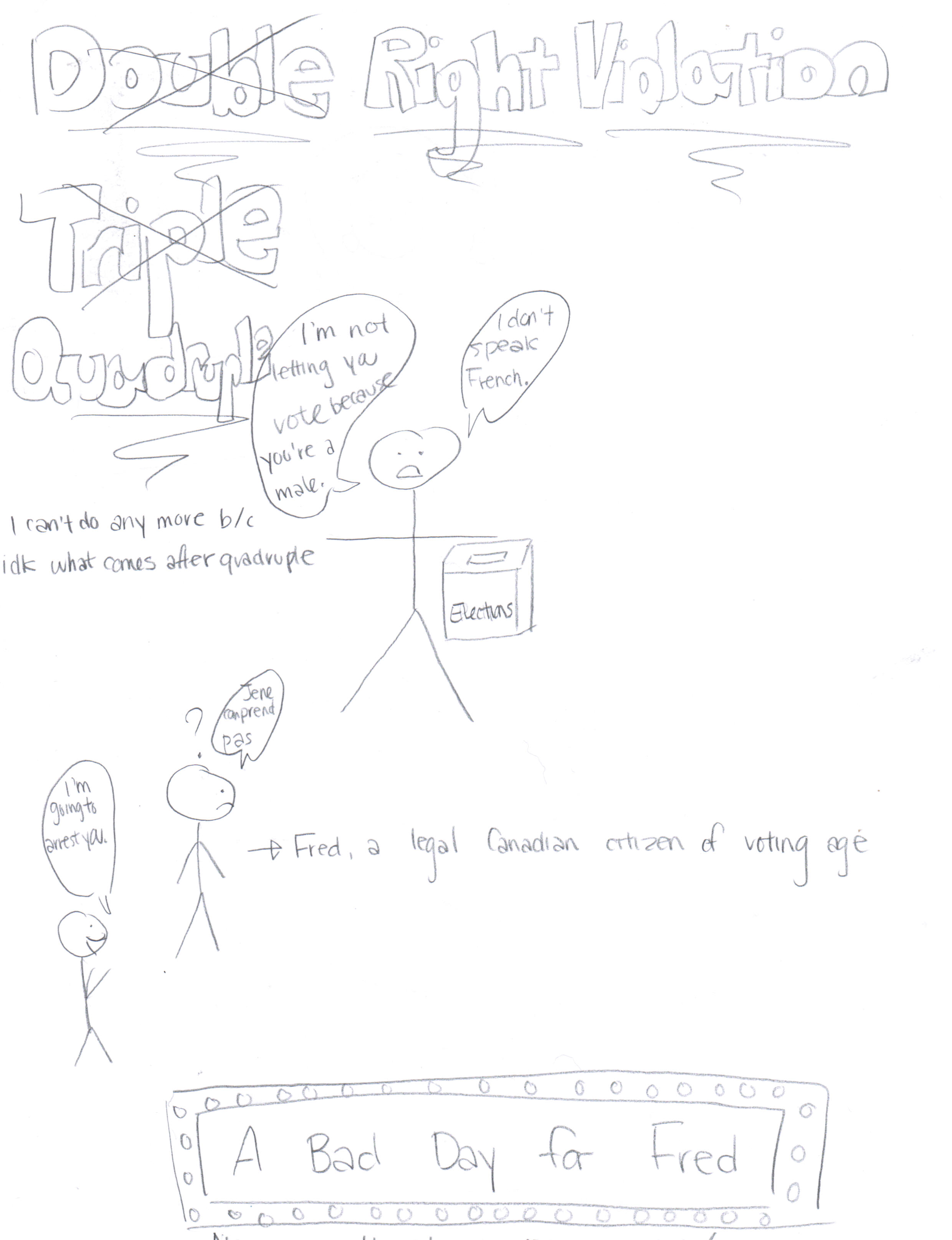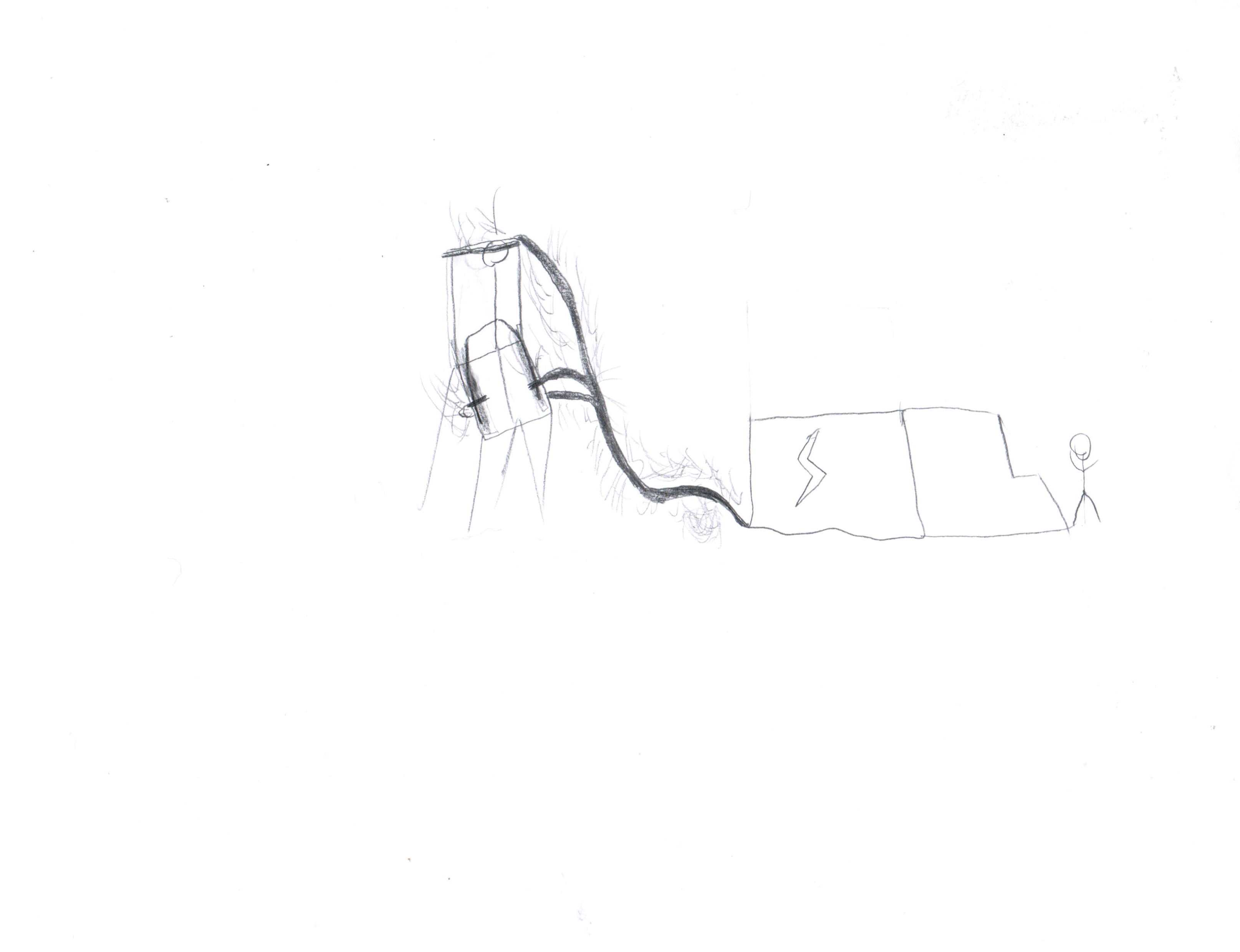Notes- Pg 118-122
- Collective rights are granted to groups in society for historical and constitutional reasons
- They are given because a person belongs to a group in society
- Examples of these groups include First Nations, Metis, Inuit, Francophones, and Anglophones
- Not everyone has collective rights
- These rights are established and protected by the Canadian constitution
- Aims to create a society where different identities are accepted
- Acknowledges the founding peoples of Canada
- Collective identities are declared with the collective rights
- A collective identity is a common identity shared with a group of people
- Language and culture contribute to collective identities
- Many legislations are related to collective rights
- Examples: Indian Act, Manitoba Act, Canada’s Constitution, Charter of Rights and Freedoms
Quiz Questions
In what ways has the Canadian Charter of Rights and Freedoms fostered recognition of collective rights in Canada?
- The Canadian Charter of Rights and Freedoms recognizes collective rights in Canada by granting language rights to collective identities such as the Francophones and Anglophones.
- The Minority Language Education Rights also allows minority Anglophone and Francophone groups to have their children receive education in their language.
Critical Questions
- Why are collective rights important to all Canadians?
- Collective rights are important to all Canadians because they are an important part of the constitution that develops respect for all cultural groups, enabling Canada to be the multicultural country it is today.
- Why do you believe Canadians want to commemorate the link between history and the identities of Francophones, First Nations people and the Metis?
- Canadians would most likely want to commemorate the link between history and the identities of Francophones, First Nations and the Metis because their groups contributed greatly to the history of Canada as its founding peoples.
Pages 141 – 144 – Colin & Evan L
| English Speaking |
French Speaking |
Inuktitut Speaking |
| Yukon |
Quebec |
Nunavut |
| North West Territories |
|
|
| British Columbia |
|
|
| Alberta |
|
|
| Saskatchewan |
|
|
| Manitoba |
|
|
| Ontario |
|
|
| Newfoundland and Labrador |
|
|
| New Brunswick |
|
|
| Nova Scotia |
|
|
| Prince Edward Island |
|
|
Rachel St. Laurent attends a Francophone school in Falher, Alberta. She feels that it is important to learn French because it is part of her heritage and she plans to pass her knowledge down to her children. Even though her community is mostly English speaking and she worries she will lose her French speaking ability, she presses on to show her community that just because someone speaks a different language doesn’t mean they’re inferior.
Devin Mens, english speaking student who attends Quebec high school in Quebec City is comfortable with his situation. He says being an Anglophone in Quebec can be hard since only 5% of the population is English speaking but he is not worried about losing his identity because it makes you more prominent
In what ways does the Canadian Charter of Rights and Freedoms meet the needs of Francophones in minority settings?
Provinces establish Francophone schools in minority areas and encourage Francophone culture in the community.
English is spoken most but French is important and Quebec speaks French.
152-154-Matheson
1869-1870
-The metis people were promised over 500000 hectares of land
1875-1879
-the Indians were offered an option to have either land in Manitoba or become “treaty Indians”. Metis were not offered the same land as Indians so they got the land in Manitoba.
-Metis had the same rights to land as first nations but they don’t need to go on reserves
1985
-the northern resistance fought to protect metis rights, they were fighting to assert their rights, like the red river resistance
– it was an attempt to overthrow Canadas government.
1986-1910
-metis farmers established farms in St.Paul des metis, near what is now St. Paul Alberta, on land provided by the catholic church
-the Metis did not have a title to this land, and had to leave when the settlement had to leave
155-Justin
1938
L’Association des Métis de l’Alberta et des Territoires du Nord-Ouest: Lobbied for land to be set aside for the Metis alone.
Metis population betterment act was passed to set aside land for the Metis.
James Brady, Malcolm Norris, Felix Calihoo, Peter Tomkins and Joseph Dion created L’Association des Métis de l’Alberta, which lobbied for Metis reserves. Just lik our society, the Metis had split opinions in the matter.
1940–1960
The land was not in control of the Metis. When 4 settlements proved unsuitable for farming, hunting, and fishing, the government simply reclaimed the land.
156-158-Maddie
-Metis lobbied for recognition of their rights in the constitution. Section 35 recognizes the metis as aboriginal people. (constitution act of 1982)
1990
Metis “received” the metis settlements as a permanent land base, and the right to manage their own affairs under the government enacted legislation which included:
*Constitution of Alberta Amendment Act
*Metis Settlements Accord Implementation Act
*Metis Settlement Act
*Metis Settlement Land Protection Act
Autonomy: Authority to make decisions
2003
Supreme court ruled that the metis have the right to hunt and fish as one of canada’s aboriginal people under the constitution.
2004
Metis can hunt and fish for food without a license.
2006
April- Metis in Manitoba launched a court case seeking compensation for land promised, but not delivered, in the manitoba act.
2007
Alberta government put rules in place that restricted these rights without agreement from the metis organizations.








